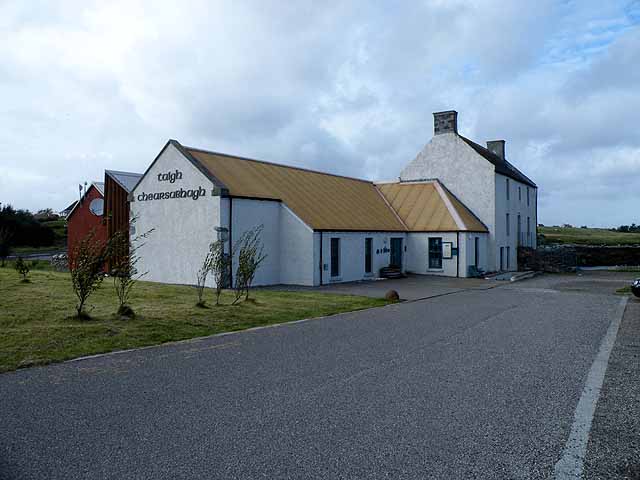Eilean Dubh nan Uan
Coastal Feature, Headland, Point in Inverness-shire
Scotland
Eilean Dubh nan Uan
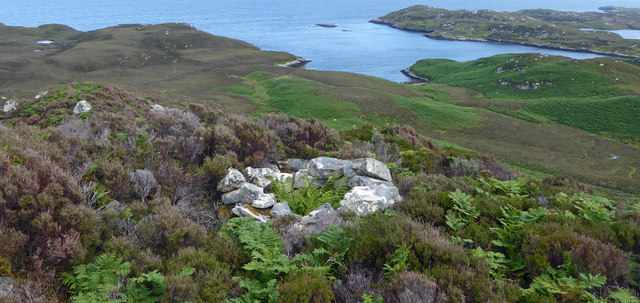
Eilean Dubh nan Uan is a prominent coastal feature located in the region of Inverness-shire, Scotland. It is a headland that extends into the North Atlantic Ocean, forming a distinctive point along the rugged coastline. The name of this headland translates to "black isle of the lambs" in English, reflecting its historical association with sheep farming.
Situated on the western coast of Inverness-shire, Eilean Dubh nan Uan offers stunning panoramic views of the surrounding landscape. The headland is characterized by steep cliffs, rocky outcrops, and a diverse range of flora and fauna. The area is also known for its rich maritime heritage, with evidence of ancient settlements and structures, such as the remains of a lighthouse that once guided ships along the treacherous coastline.
Visitors to Eilean Dubh nan Uan can explore the headland on foot, following well-maintained trails that wind through the rugged terrain. The coastal paths provide opportunities for birdwatching, as the headland is home to a variety of seabirds, including puffins, guillemots, and razorbills. Additionally, the headland offers a vantage point for spotting marine mammals, such as seals and dolphins, that frequent the nearby waters.
Eilean Dubh nan Uan also holds cultural significance, with several folklore and legends associated with the area. These tales often revolve around the harsh beauty of the headland and its connection to the surrounding coastal communities.
Overall, Eilean Dubh nan Uan is a captivating coastal feature that showcases the natural beauty and cultural heritage of Inverness-shire. Its dramatic cliffs, diverse wildlife, and panoramic views make it a must-visit destination for nature enthusiasts and those interested in the region's history.
If you have any feedback on the listing, please let us know in the comments section below.
Eilean Dubh nan Uan Images
Images are sourced within 2km of 57.551446/-7.1671679 or Grid Reference NF9163. Thanks to Geograph Open Source API. All images are credited.

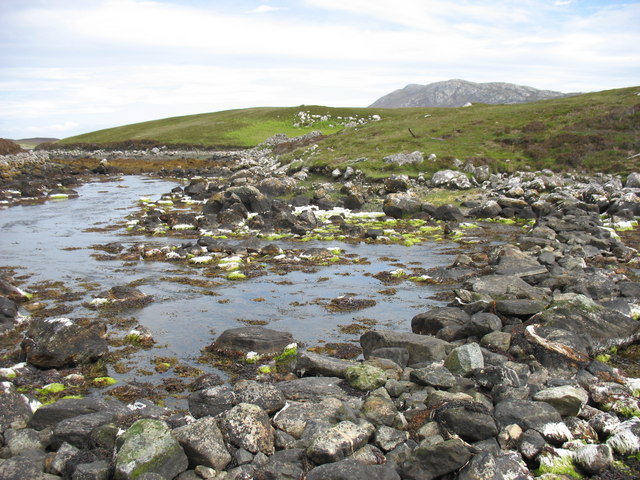
Eilean Dubh nan Uan is located at Grid Ref: NF9163 (Lat: 57.551446, Lng: -7.1671679)
Unitary Authority: Na h-Eileanan an Iar
Police Authority: Highlands and Islands
What 3 Words
///meals.kipper.relegate. Near Lochmaddy, Na h-Eileanan Siar
Related Wikis
Taigh Chearsabhagh
Taigh Chearsabhagh is an arts centre and museum in Lochmaddy on the island of North Uist, Scotland.Taigh Chearsabhagh was built in 1741 and originally...
Lochmaddy
Lochmaddy (Scottish Gaelic: Loch nam Madadh [l̪ˠɔx nə ˈmat̪əɣ], "Loch of the Hounds") is the administrative centre of North Uist in the Outer Hebrides...
Flodaigh Mòr
Flodaigh Mòr (or Floddaymore) is an uninhabited island in the Outer Hebrides of Scotland. == Geography and geology == Flodaigh Mòr lies east of North Uist...
Fraoch-Eilean
Fraoch-eilean is a small island with an uncertain population north of Benbecula in the Outer Hebrides of Scotland. It is about 55 hectares (140 acres...
Nearby Amenities
Located within 500m of 57.551446,-7.1671679Have you been to Eilean Dubh nan Uan?
Leave your review of Eilean Dubh nan Uan below (or comments, questions and feedback).
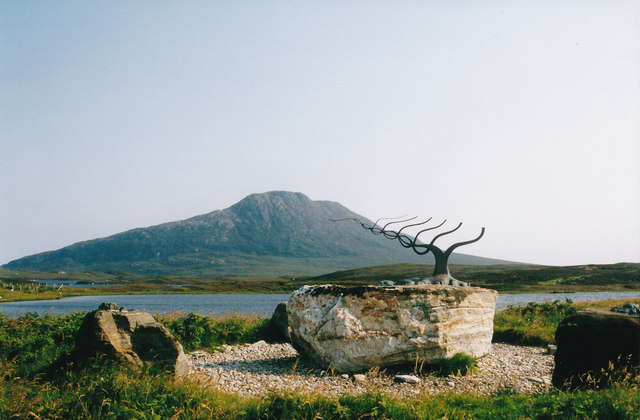
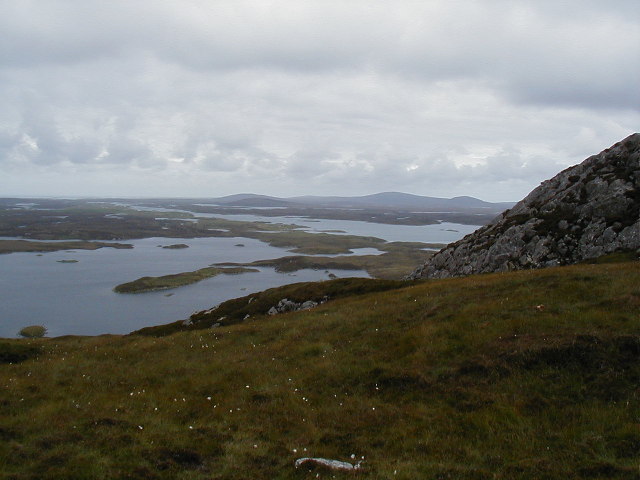

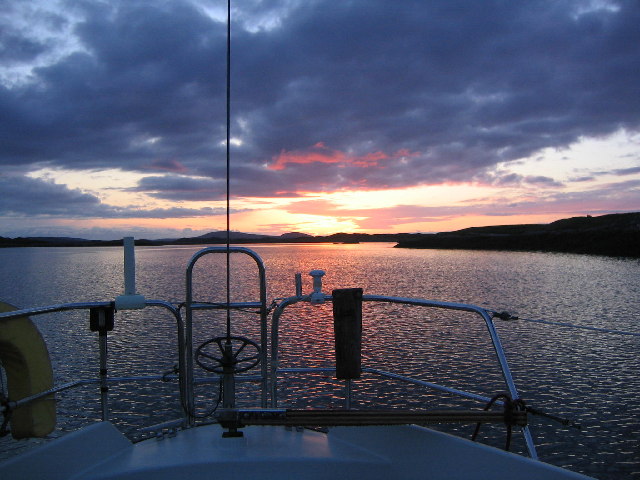

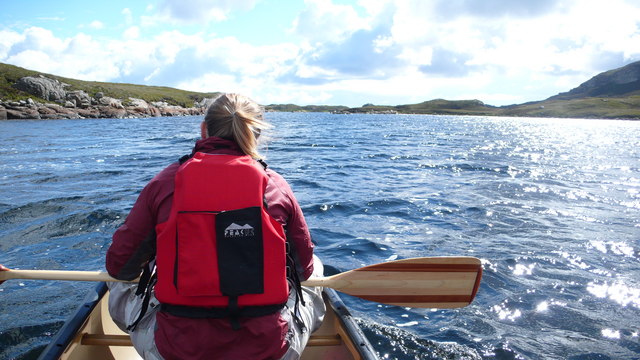
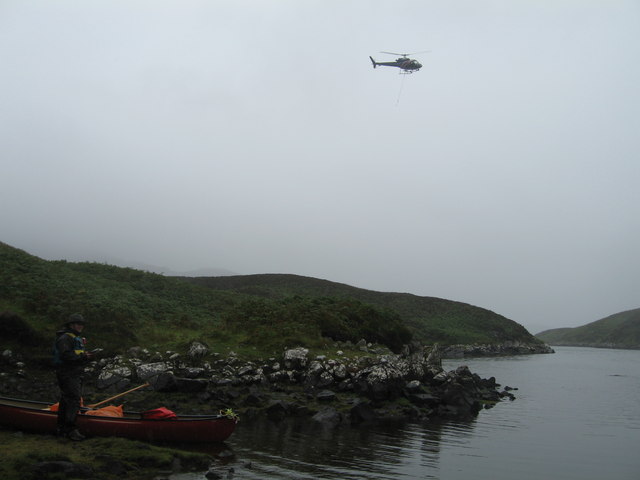
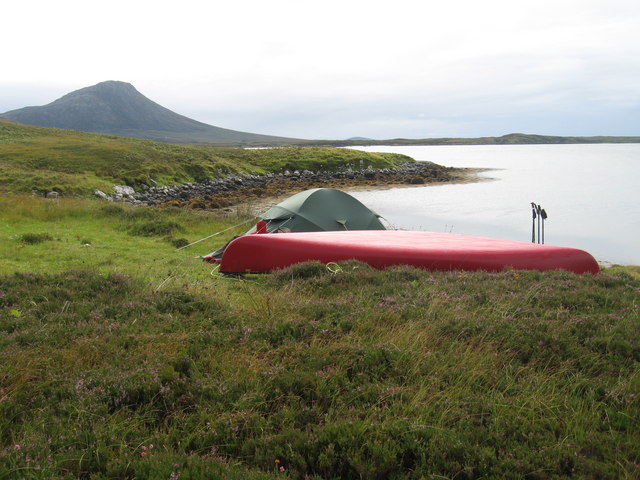
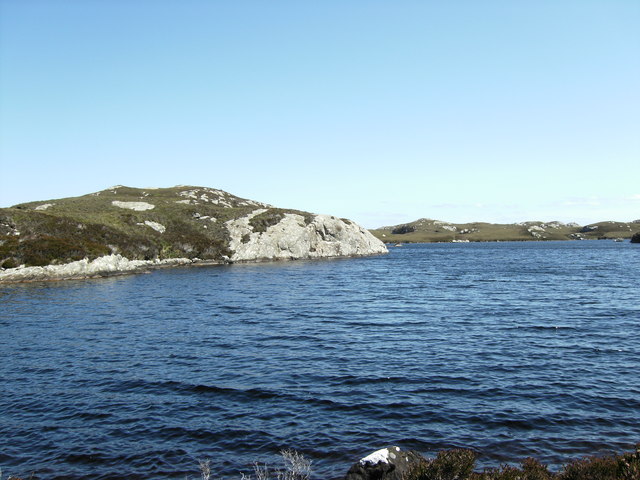
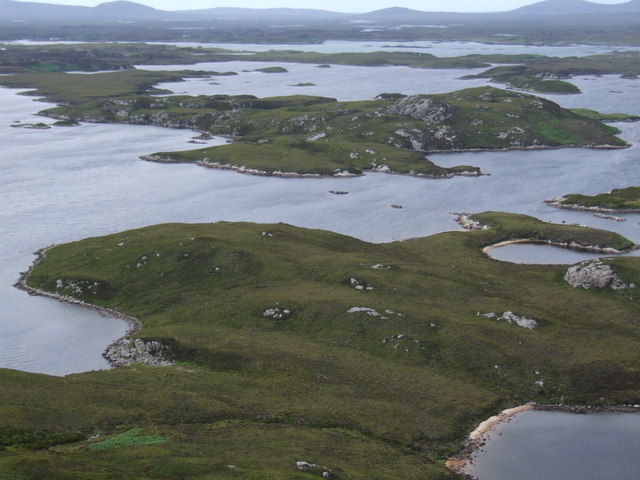
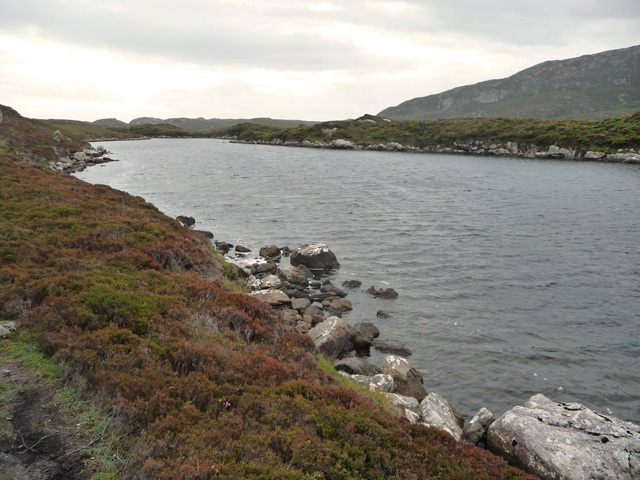
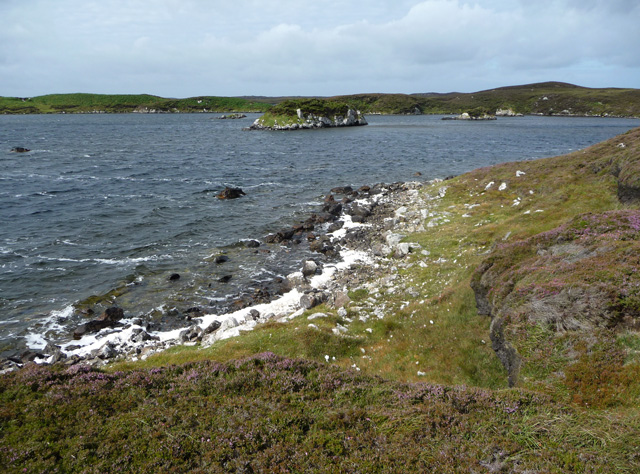

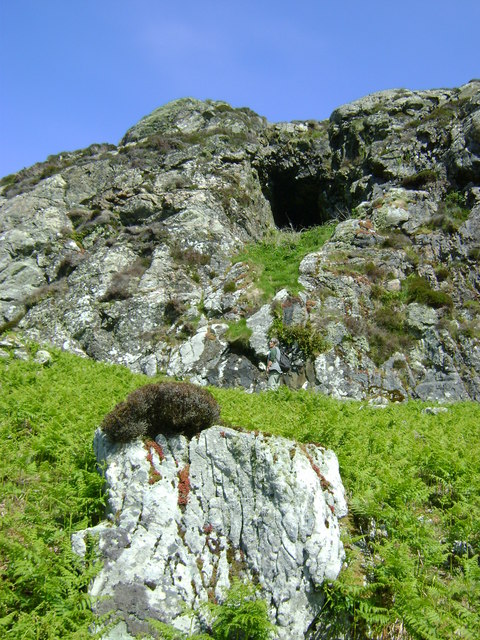
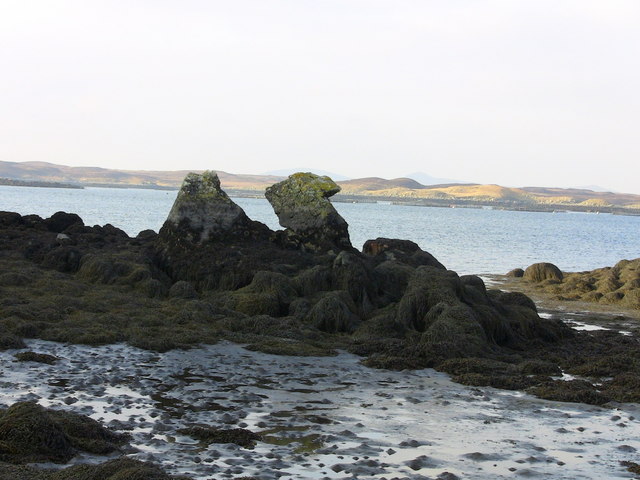
![Loch Obasaraigh Eaval, the highest point on North Uist, is the hill on the far side of the loch. Although the route to the hill is indirect (to the left [east] of the loch as seen here), this is the best approach if you wish to climb Eaval.](https://s3.geograph.org.uk/geophotos/02/53/72/2537267_7cb5c80c.jpg)
